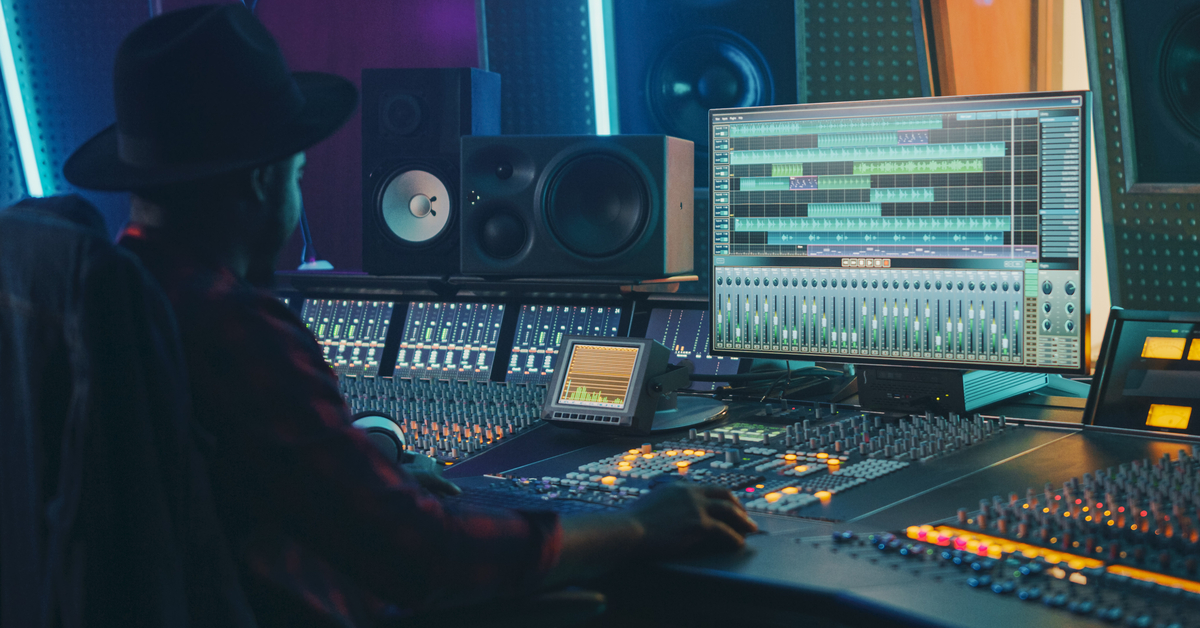
In marketing, the visual identity of a brand often takes center stage, created methodically and strategically to represent the brand in a consistent way. In today’s world, it’s important to think outside of visual branding and consider other mediums that can support the perception of a brand. Sound is one of these mediums that can be used to connect to audiences when accompanying visual branding to make an impact. Find out why strategic sound design is important for your brand so you can start building a recognizable, reputable sonic identity today.
Differentiating Your Brand
Sound is linked to memory and emotion in a powerful way. Consumers can instantly recall a beloved jingle or the familiar sound of a product start-up, and just like that, a connection is made. This instant recall is what can help you stand apart from other businesses in your industry.
Think of Netflix’s “ta-dum,” or State Farm’s “Like a Good Neighbor”; these are not temporary soundtracks for a brand to use once; they were created strategically to differentiate from competitors and are used consistently to build recall adding a whole new dimension to their brand perception. For a consumer deciding between multiple brands, sound can be the distinguishing factor that sways preference.
Building a Cohesive, Consistent Brand
The music industry is full of iconic songs, but a brand can do much more than borrow the recognition of an existing song. Creating a tailored brand sound strategy instead of licensing music allows you to create an iconic, timeless soundscape that is uniquely yours and can be used consistently.
Building a consistent sound profile isn’t about simply slapping a recognizable jingle on your ad. It’s crafting a sonic foundation that complements and intertwines with your visual identity and supports your brand values. The tactile clicking of a turn signal in a luxury car, the uplifting melody accompanying the logo of a sports brand, or the immersive texture of a soundscape for an event—these aren’t happy accidents. They’re the meticulous results of an intentional, cohesive sound strategy.
Sound cohesion is an essential partner of visual branding, working in tandem to build a full-sensory brand experience that lingers long after exposure.
Driving Recall and Memorability
One of the biggest reasons that strategic sound design is important for your brand is that it has the ability to drive recall creating equity for your brand in a crowded market.
By creating a unique acoustic identity, brands stand ready to distinguish themselves and leave a lasting impression, bringing an added layer of depth to their consumer engagement.
Plus, you can create a diverse sound logo tool kit that ensures you have variations on a consistent theme for your brand to fit various situations. For example, in our work with State Farm, we created several variations of their sound logo that change instrumentation depending on the type of mood of a given advertisement. This helps to drive consistency in the continued use of melody while giving flexibility to meet the mood in brand messaging.
Saving Money in the Long Run
While it’s true that creating an audio brand requires an initial investment, it’s an endeavor that reaps long-term dividends. Unlike paying for the licensing of visual content, owning the sounds associated with your brand means perpetuity—no monthly bills, no reminders of when the agreement expires.
Moreover, if you’re responsible for the creation of custom music assets, they become a part of your brand’s intellectual property. It’s music that not only promotes your brand but can be, in itself, a revenue stream when licensed to other entities. Work with our team at CMoore Sound to start developing your company’s sonic branding strategy today and create a sound that showcases your uniqueness from others in your industry.






